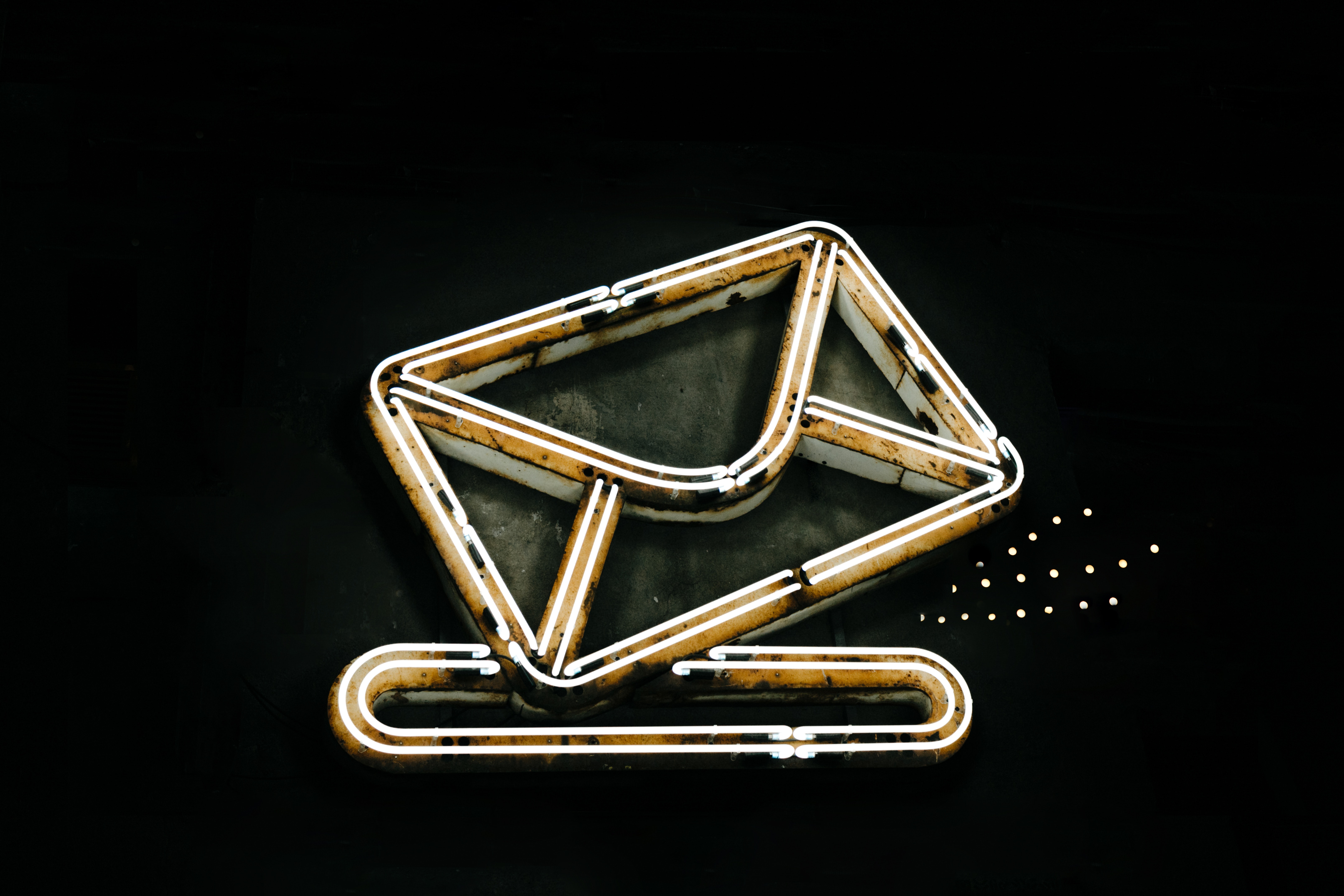 Allow us to introduce you to your next fundraising team member: Email.
Allow us to introduce you to your next fundraising team member: Email.
It may seem antiquated and tedious, but email is a great way to engage with your donors and, if you are strategic about how you use it, it can do a lot of fundraising work for you! Here are some tips to make the most out of your email communications to constituents:
- Use ResultsPlus to gather up-to-date details about your constituents so your emails are more personalized and according to your donor segmentation. You can do this by integrating ResultsPlus with your email system and sending emails directly from ResultsPlus. If the constituent data in ResultsPlus is up-to-date, then you can be confident that your emails are going to relevant, engaged recipients rather than your entire database. Customized communication results in more engaged donors, which will increase your open rate and make your donors feel like people rather than just another number in your database.
- Make it easy for people to sign up to be on your email list. Put it on your website, on your social media channels, in your blog posts, etc. The sign-up process should be easy and fast, requiring as little information from the constituent as possible.
- Don’t over-do it with the emails. As easy as you make it for your donors to sign up to receive emails, make sure it’s just as easy for them to unsubscribe. However, that doesn’t mean you want to push them to push the “unsubscribe” button. Make sure that the emails you are sending out are relevant and personalized and sent to segmented donor lists. You can use the information in your CRM to determine who participated in fundraising events, volunteered, donated regularly, has been a lapsed donor, who gave a major gift, etc. This information is handy because it allows you to send event invites to only those who have attended or expressed interest in attending an event in the past, send fundraising campaign emails to those who have donated or are new donors, and can send volunteer opportunities to regular or lapsed volunteers rather than your whole constituent base.
- Introduce important people. Email is a great way to showcase your nonprofit’s leadership. Doing a profile or including a message from your executive director is a great way for your constituents to get to know your leadership team without actually meeting them. It also adds some personability to your organization that your donors will appreciate.
- Don’t forget to thank your donors and volunteers! Your emails shouldn’t just be solicitations and asks, they should also be emails filled with gratitude for your constituents’ generosity. Sending personalized thank-you emails increases donor engagement and makes your donors more likely to participate and donate in the future.
- Organize your emails strategically. People are skimmers, and there’s no getting around that. This means that many of your readers won’t make it to the bottom of your email. How can you combat that? Put the most important information right at the top to assure that it gets read. If you are desperately seeking volunteers, starting a huge campaign, hiring board members, hosting an event or informing constituents about the status of a fundraiser or campaign, make sure that the pertinent information is skimmable and right at the top.
- Make your emails interesting. Your emails should tell a story. Use photos, stories, updates about projects and campaigns, videos, etc. to draw readers in and give them an inside look into your organization and what you’re doing. This may be the only way that your donors have any insight into your nonprofit’s fundraising efforts, so make sure that you are utilizing your email for storytelling as well as informing.
How are you using your email? Are there ways you can enhance your email communication strategy? Your email is ready and willing to be put to work, so let it help you in your fundraising efforts!
